In the realm of transportation, a combo flatbed trailer stands out as a paradigm of versatility and efficiency. This innovative solution is designed to accommodate a multitude of cargo types, providing logistics companies and owner-operators with a robust alternative for meeting diverse shipping needs. In this comprehensive guide, we delve into the many facets of combo flatbed trailers, exploring their features, advantages, applications, and maintenance tips—all essential knowledge for manufacturers, logistics managers, and transportation enthusiasts.
Understanding the Structure of a Combo Flatbed Trailer
A combo flatbed trailer combines the features of a traditional flatbed with additional capabilities to enhance load security, accessibility, and operational efficiency. To better comprehend its structure, we can break down its key components:
| Component | Description |
|---|---|
| Deck | A flat, open area where cargo is placed, often built using high-strength steel or aluminum for durability. |
| Side Railing | Vertical extensions on the sides of the bed that provide additional security for the cargo. |
| Camber | The slight arch in the deck helps with water runoff, preventing accumulation on the surface. |
| Tired Axles | Multiple axles provide better weight distribution and facilitate smoother transportation. |
| Suspension System | Enhances the trailer’s stability while in motion, improving ride quality and reducing wear on cargo. |
| Load Securement Systems | Integrated tie-down points, winches, and straps to secure loads effectively. |
Key Features of Combo Flatbed Trailers
Flexibility in Cargo Handling
The unique design allows for the transport of varying cargo types—including heavy machinery, palleted goods, and building materials—making it a preferred choice for a range of industries.Enhanced Load Distribution
With an advanced multi-axle system, combo flatbed trailers are engineered to distribute weight evenly, minimizing the risk of damage and improving safety during transit.Compliance with Regulations
These trailers adhere to DOT and other local transportation regulations, ensuring a lawful transportation process.Customization Options
Manufacturers offer various customization options, such as adjustable side rails and removable ramps, catering to specific business needs and enhancing operational efficiency.
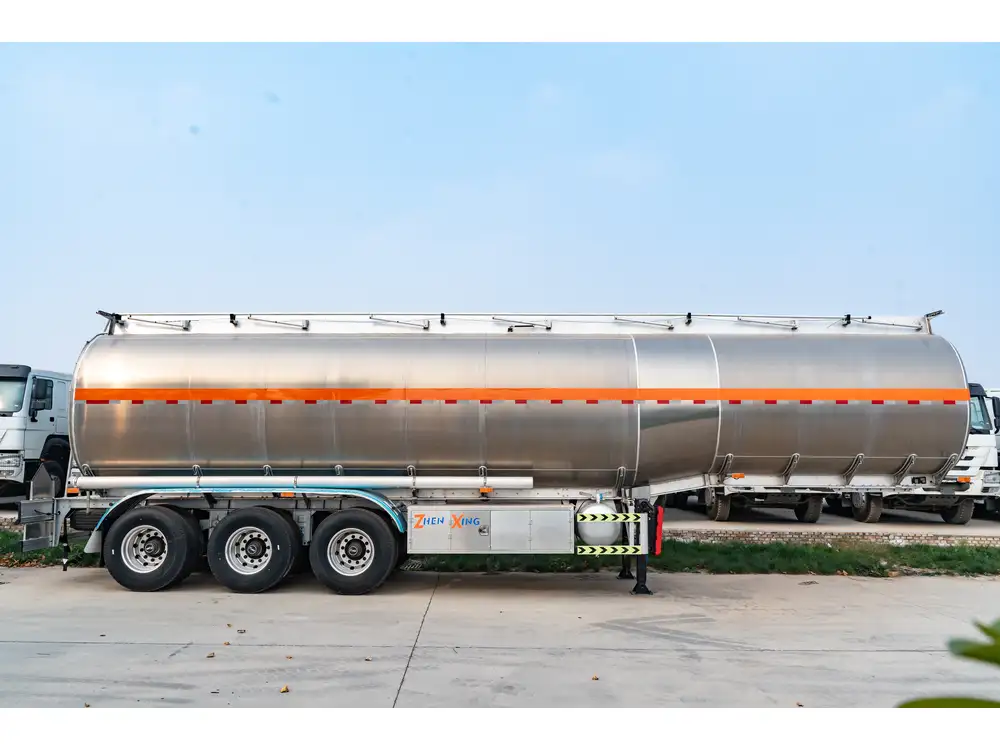
Benefits of Using a Combo Flatbed Trailer
The practical advantages of a combo flatbed trailer extend well beyond its structural integrity. Here are some compelling reasons to consider investing in this type of trailer:
Increased Efficiency
- Quick Loading and Unloading: The open deck design allows for quick access, significantly reducing loading and unloading times compared to enclosed trailers.
- Maximized Payload Capacity: The ability to transport multiple cargo types simultaneously means more revenue per trip.
Cost-Effectiveness
- Reduced Maintenance Costs: Designed for longevity with durable materials, maintaining a combo flatbed is often less expensive than conventional trailers.
- Fuel Efficiency: The aerodynamics and weight distribution features can improve fuel economy, driving down the cost of long-haul trips.
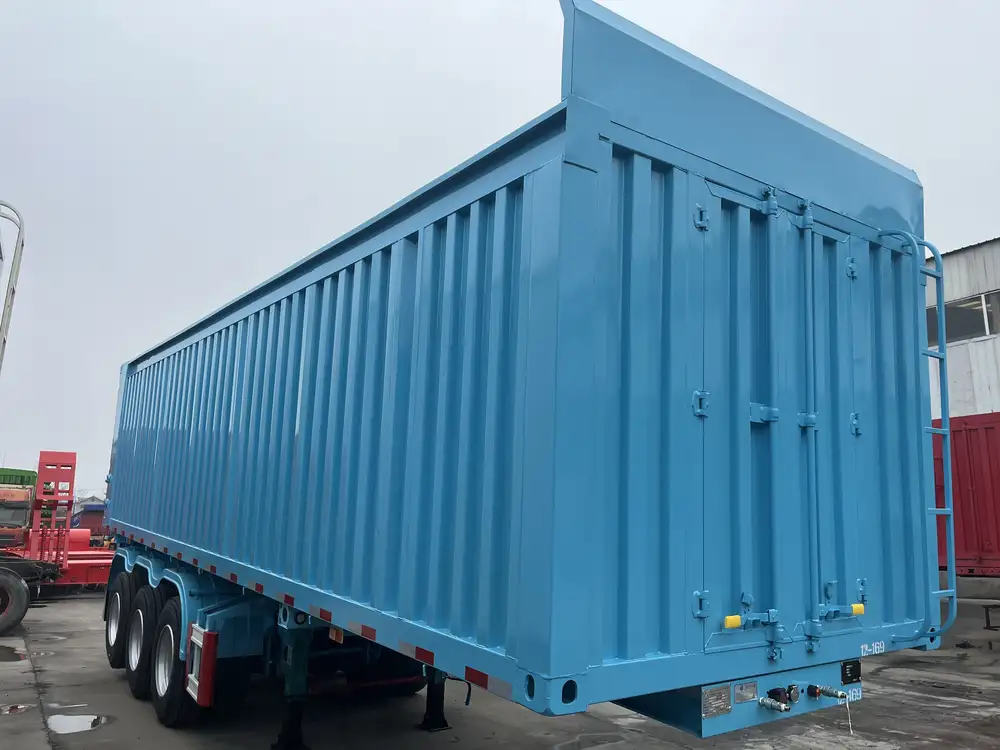
Enhanced Security
- Load Monitoring: With the right equipment, companies can keep track of cargo conditions, reducing the risk of damage or theft.
- Tiedown Efficiency: Using integrated securement systems ensures loads remain stable, minimizing potential hazards on the road.
Applications of Combo Flatbed Trailers
Combo flatbed trailers serve multiple sectors crucial to the economy, including, but not limited to:
| Sector | Typical Cargo Types |
|---|---|
| Construction | Heavy machinery, building materials, and equipment. |
| Logistics | Pallets, crates, and bulk materials. |
| Agriculture | Farm equipment, harvest loads, and livestock. |
| Automotive | Vehicles, parts, and tools. |
| Manufacturing | Finished products and raw materials. |
Real-World Scenarios of Use
Construction Sites: A general contractor might use a combo flatbed fitted with ramps to transport heavy equipment such as excavators between job sites, where quick and secure loading capacities are crucial.
Logistics and Shipping: Distribution centers often opt for combo flatbeds to facilitate the movement of various freight loads, ensuring efficient delivery schedules while managing space constraints.
Agricultural Transport: Farmers can utilize these trailers to transport both equipment and fresh produce to markets, allowing for flexibility in operations.
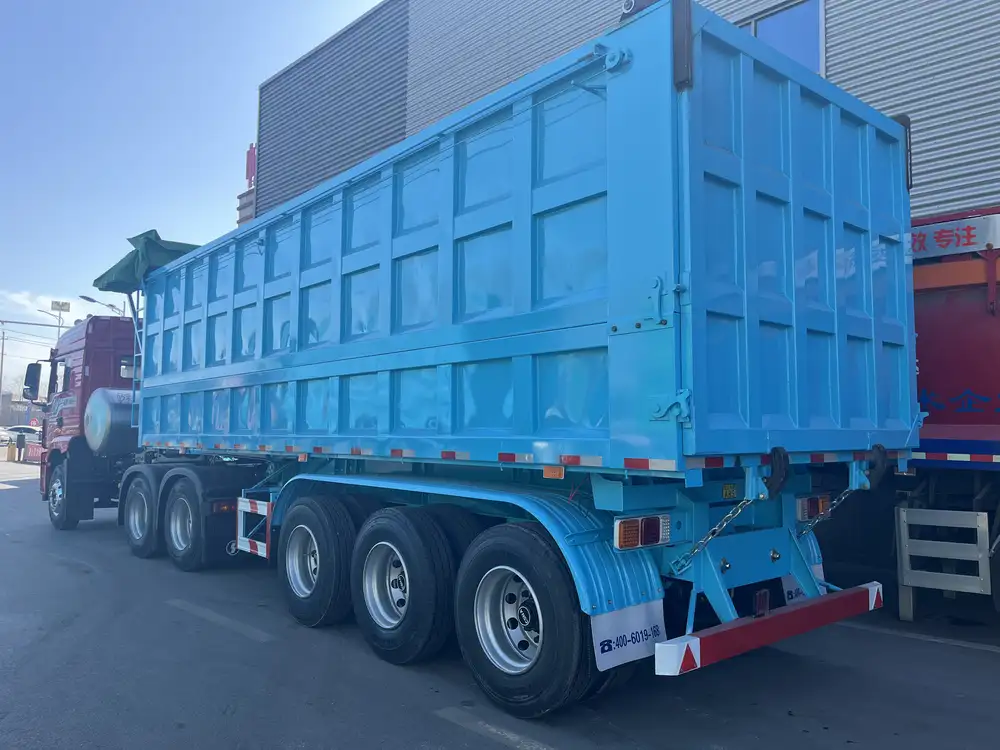
Choosing the Right Combo Flatbed Trailer
Making an informed decision on which combo flatbed trailer to purchase is essential for optimizing performance and sustainability in operations. Here’s what to consider:
Key Specifications to Examine
- Weight Capacity: Understand both the gross trailer weight (GTW) and payload limit to ensure safe transport of intended cargo types.
- Material Composition: Trailers constructed from aluminum typically weigh less but offer high strength, while steel trailers provide durability and resistance to wear.
- Dimensions: Ensure the trailer dimensions align with your typical loads and maneuverability requirements within your operational area.
Essential Customizations
- Ramps and Extensions: Consider whether you require removable ramps for easier loading or side extensions for larger cargo.
- Suspension Options: Opt for an air ride suspension system to enhance load stability and ride comfort, particularly for sensitive materials.

Attachments and Accessory Options
To further maximize the utility and performance of your combo flatbed trailer, an array of attachments and accessories are available:
- Container Locks: Secure intermodal containers to the trailer deck, perfect for international shipping.
- Tarps and Covers: Protect sensitive loads from the elements using adjustable tarping systems designed for flatbeds.
- Toolboxes: Additional storage solutions can be fitted for secure transportation of tools and spare parts.
Maintenance Tips for Combo Flatbed Trailers
Maintaining your combo flatbed trailer is crucial for ensuring longevity and performance. Here are essential maintenance practices:
Regular Inspection Protocols
- Frame and Deck Check: Regularly inspect the frame for signs of rust or damage, while ensuring the deck is in good condition without cracks or significant wear.
- Tire Maintenance: Monitor tire pressure and tread depth, rotating tires as needed to promote even wear.
- Brake System Check: Regularly inspect brake pads, discs, and fluid to ensure optimal stopping power and safety.
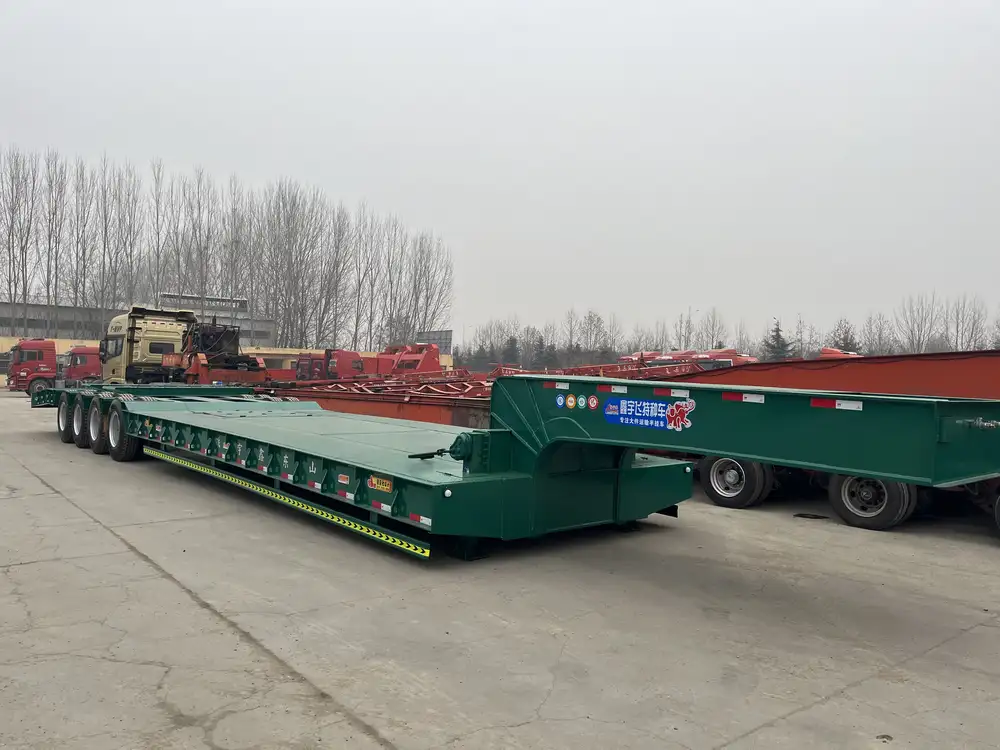
Cleaning and Upkeep
- Routine Wash: Keep the trailer clean to avoid corrosion and maintain a professional appearance.
- Lubrication: Periodically lubricate moving parts to prevent wear and ensure smooth operation.
Addressing Common Concerns
What about Load Security?
Ensuring load security is paramount when utilizing a combo flatbed trailer. Using proper tie-down techniques, including ratchet straps and chains, can secure loads effectively. Training staff on best practices in load securement can significantly mitigate risks.
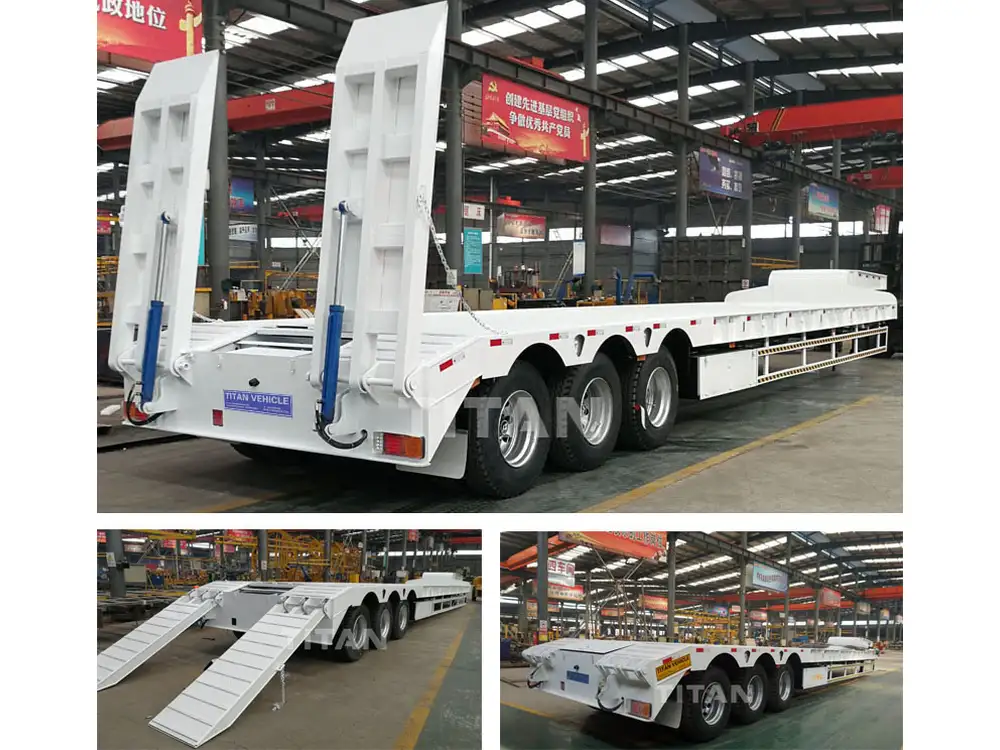
How does Weather Impact Transport?
Extreme weather conditions can affect transportation, especially for open-deck trailers. Employing protective tarps or opting for enclosed trailers when necessary could safeguard cargo against rain, snow, and UV damage.
Are Combo Flatbed Trailers Suitable for All Types of Cargo?
While versatile, not all cargo is ideal for transport via combo flatbed trailers. Items sensitive to environmental conditions or that require strict security may benefit more from enclosed transportation methods.
Conclusion: The Future of Transport with Combo Flatbed Trailers
The evolution of transportation equipment has paved the way for innovations like the combo flatbed trailer, designed to meet the demands of various industries efficiently. By understanding its structure, benefits, applications, and maintenance requirements, businesses can make informed decisions that enhance their logistics operations. Investing in a combo flatbed trailer not only boosts productivity but also contributes to cost savings and operational effectiveness.
With further advancements in design and technology, the combo flatbed trailer is poised to remain a cornerstone of cargo transport, adapting to the ever-evolving needs of the logistics landscape. Whether for construction, agriculture, or logistical operations, this versatile trailer continues to shape the future of transport.



